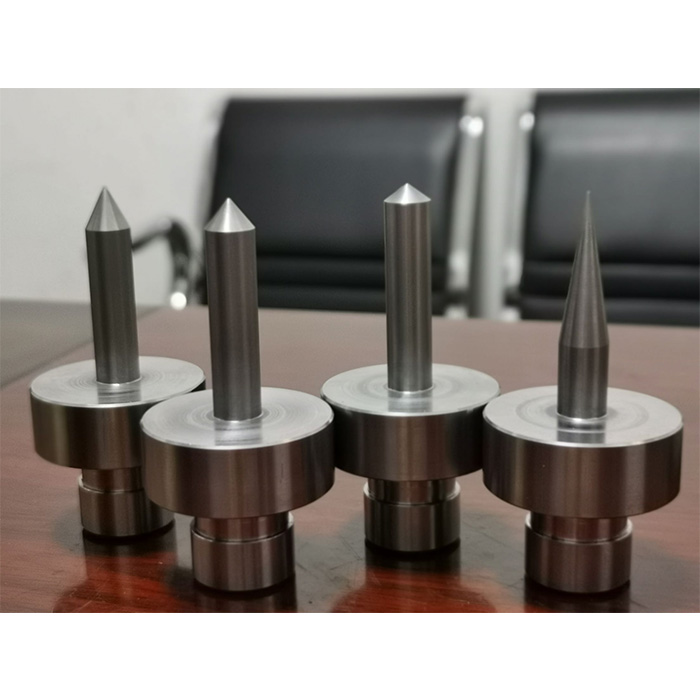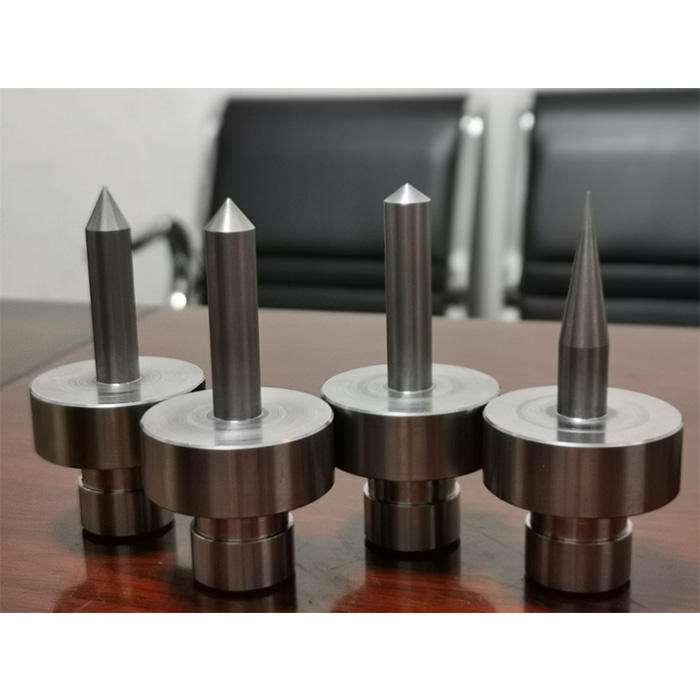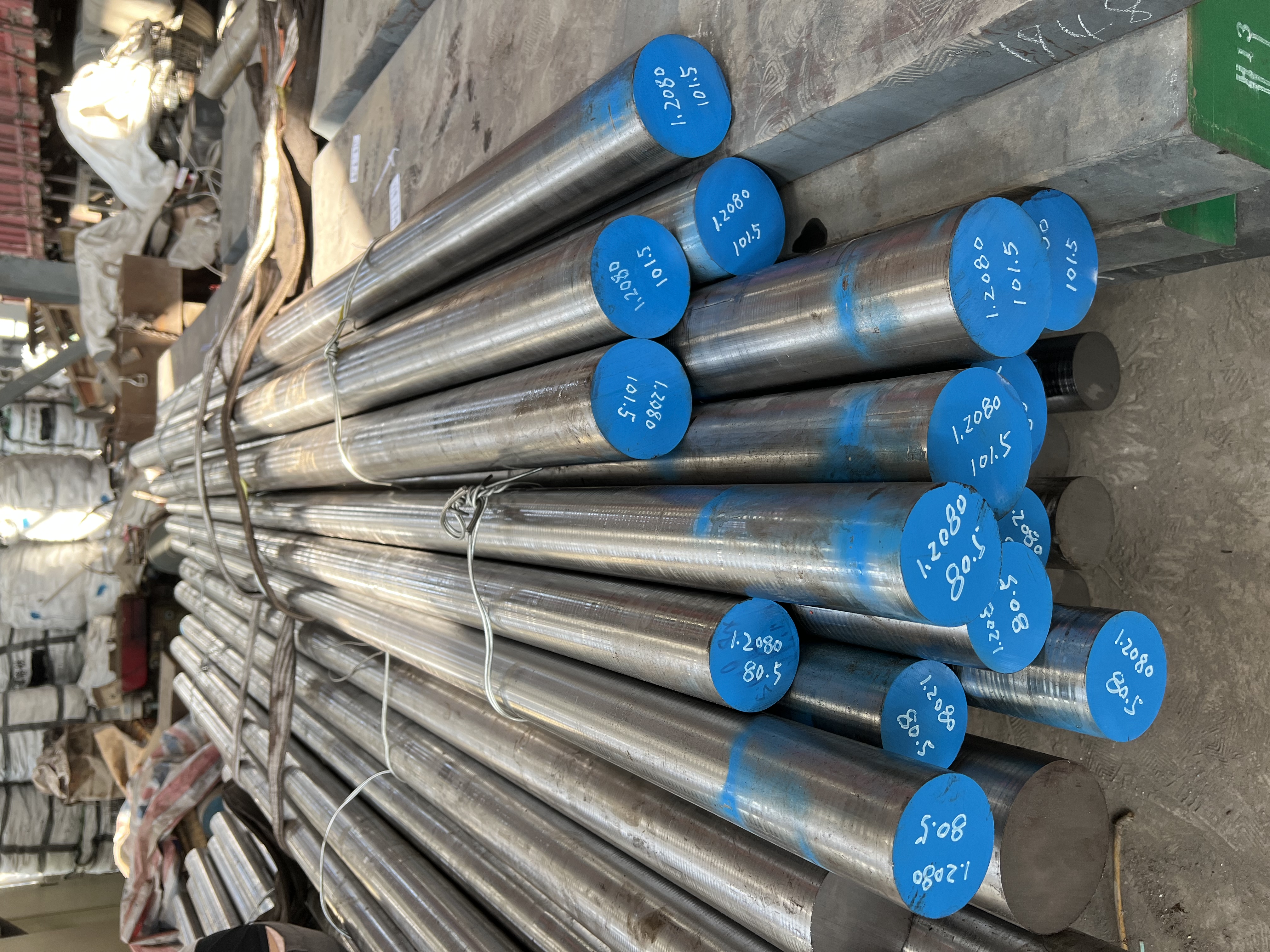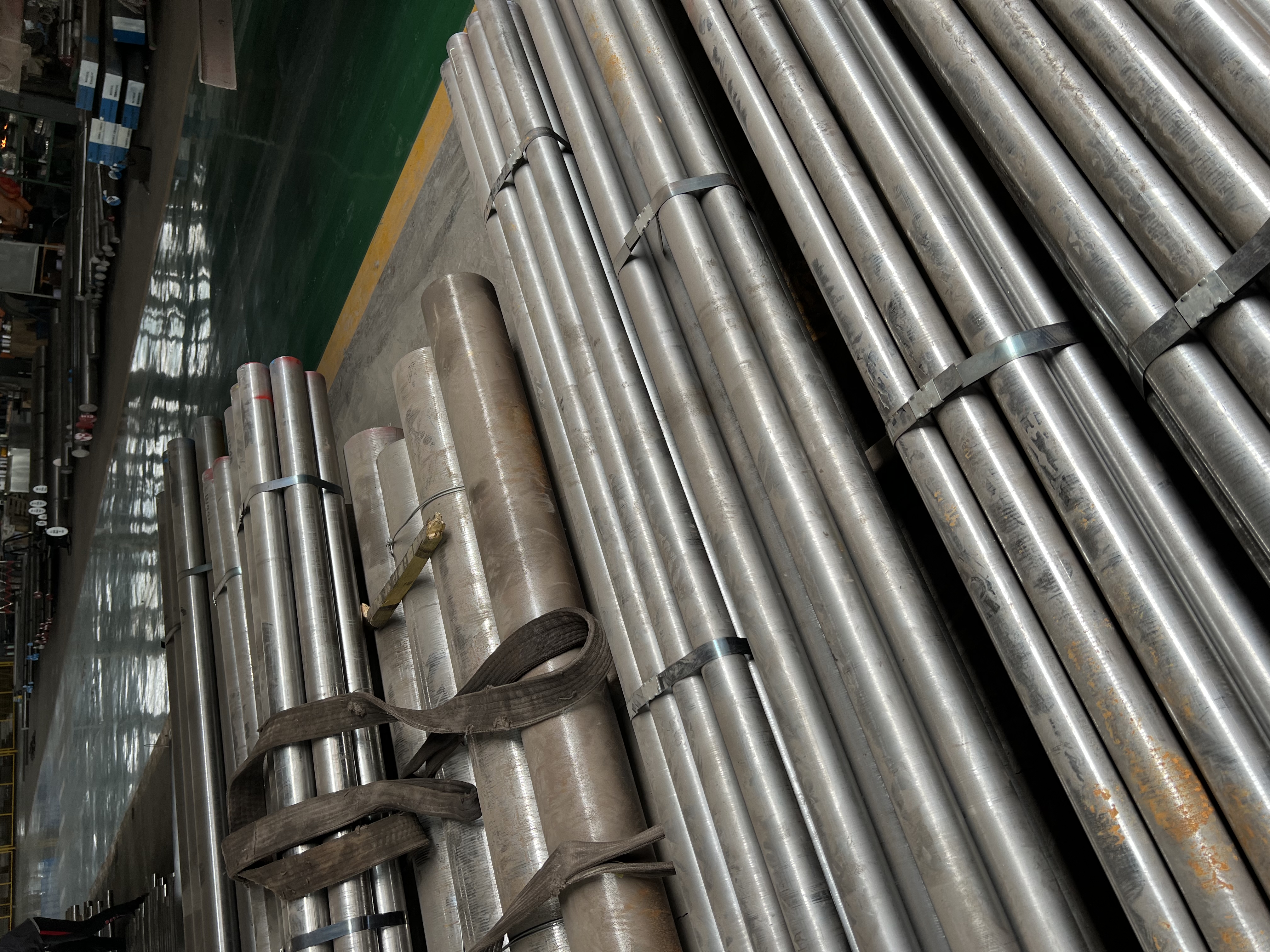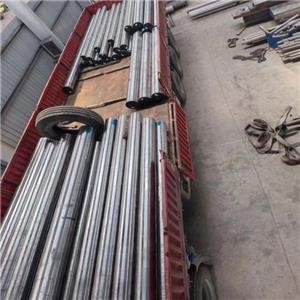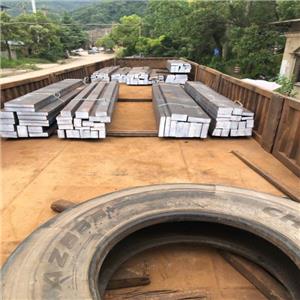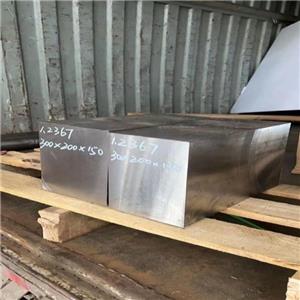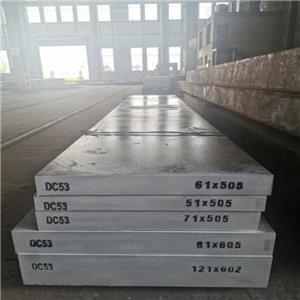Steel Rope Cable Thimble

- PX
- huangshi
- 10-15days
- 10000set/month
1). In plastic molds, separating the product from the mold is also the most commonly used;
2). Carbide thimble, such as tungsten steel thimble, can be used to pass longer and finer holes;
3). The thimble is also called the top. It is a conical metal round rod with a head that is assembled on a lathe or a grinder to support the workpiece and make the workpiece rotate around it, but it is completely different from the thimble of the plastic mold accessories;
4). Plastic mold thimble can also be used inside the mold, it can play a stabilizing role, and is called insert needle.
The types of plastic mold thimble include: flat thimble, dome pin, cradle pin, standard thimble, non-standard thimble, etc.
The materials of the plastic mold thimble are SKH51, SKD61, SKD11, 65Mn, etc.
SKH51 thimble has better toughness than SKD61; SKD61 thimble can withstand high temperature of 1600℃, and the surface of SKD61 thimble can improve the wear resistance of thimble after nitriding. 65Mn thimble is of poor quality, brittle and easy to break. Some plastic molds are no longer assembled and used with 65Mn thimble.
Standard model of thimble for lathe and grinder:
The standard for fixed thimble is GB/T9204.1-1988, and the standard for rotary thimble is JB/T3580-1998
Design standards for thimble and matching plastic molds
1. If the thimble is less than 3mm, use two thimble.
2. The top block that is ejected with a rod requires the rod to be inserted into the top block 8 mm. The top block must have a guide sleeve, and the guide sleeve must be fixed
3. If the small top block cannot be fixed with screws, please design with pins for positioning
4. The R angle of the top piece must be designed
5. In the case that the mold can use either the top sheet or the ejector pin, the ejector pin will be given priority.
6. The thimble has 20-25mm left.
7. The left and right gap of the thimble plate penetrates 0.5 mm.
8. The thimble board must have a lower guide post and trash nails.
9. When resetting the thimble plate, try to give priority to the ejector accessories (except for the spring required by the customer)
10. Try to use a larger ejector pin (force and life) for ejection.
11. On the premise that the product can be automatically taken off with the inclined top, try to avoid using the gas top.
12. The core and cavity valves should be designed to be concentric (especially transparent products).
13. The mold design carefully calculates the ejection distance to avoid insufficient ejection stroke.
14. For products that do not have the original shape, carefully consider the ejection position and ejection method.
15. Place the oil cylinder on the ejector plate for the mold ejected from the oil cylinder.
16. The valve installation should be disassembled from bottom to top.
17. Try not to fix the core in the push tube with screws, it must be fixed with a pressure plate.
18. The thimble on the inclined surface, the thimble step design is long and bar-shaped to avoid the inconvenience of D-shaped processing.
19. The board under the fixed screw of the inclined top sliding foot is designed to be worn and easy to disassemble
20. The opposite position of the reset lever should be designed with a cushion insert. (Easy to process and resistant to collisions)
21. The design of the ejector hole of the mold below 300mm is ¢45mm; the design of the mold larger than 300mm is ¢60mm (large mold depends on the situation).
There should be more than 5 ejector holes for molds above 22.400mm.
23. The gas cap is D-shaped gas cap on the inclined plane.
24. The 4 corners of the oblique top and the square small straight top block should form an R angle (to reduce friction).
25. The stripper can be designed as a top ring type as far as possible.
